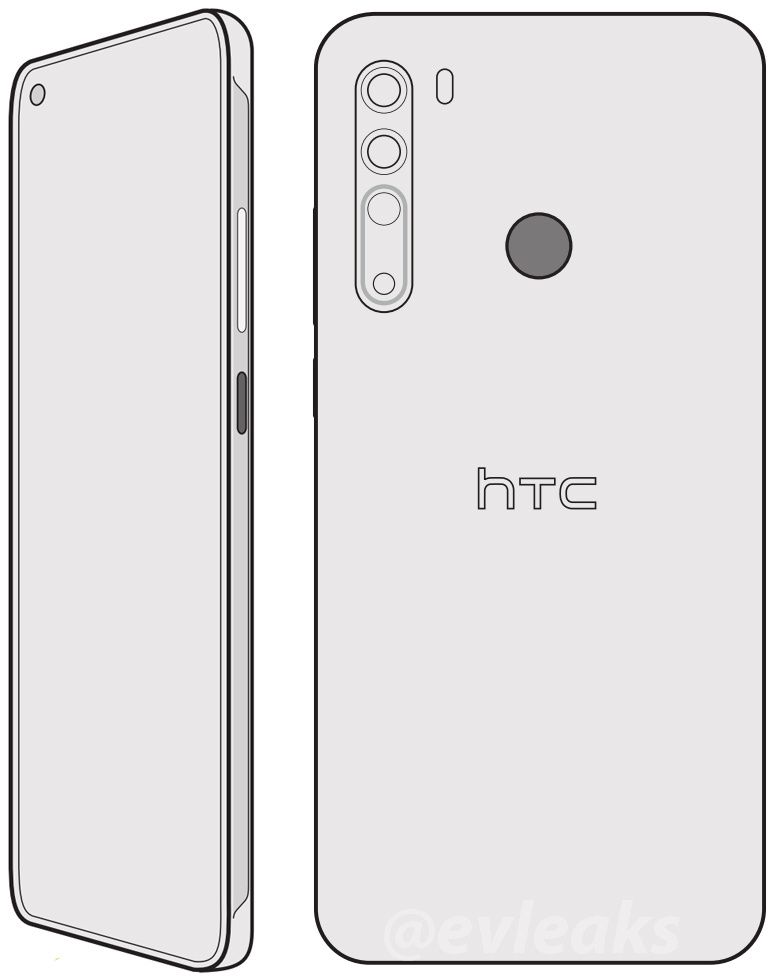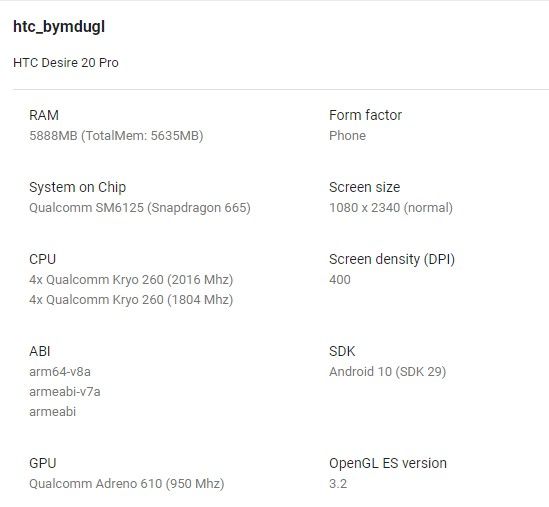The Color Filter camera on the OnePlus 8 Pro has been in the news for a fair few reasons. At first, most reviews wrote off the 5MP color filter camera and its existence as a gimmick, one with very limited use cases that a lot of users would quickly forget. Then, some users found that the color filter camera can actually see through very thin plastic objects and very thin clothing. OnePlus then mentioned in a Weibo post that they would be disabling the camera through a software update, with a clarification coming later that this would only be for the Chinese market. Surprisingly, an OTA went out to global units which ended up disabling the camera, only for OnePlus to come out and clarify that this was an accidental rollout and that the change was reverted shortly thereafter.
As it turns out, customers who purchase the OnePlus 8 Pro in India might not get to witness the color filter camera, not initially at least. We have evidence that suggests that the mode will be disabled on the Indian units as well.
OnePlus 8 Pro XDA Review — Never Settle on Hardware
In OnePlus Camera 4.0.267, which is to be found within OxygenOS 10.5.10 that has rolled out for the OnePlus 8 Pro in India, we spotted a few things. One, this update adds video filters and prepares to add a “Smart Scene Enhancement” toggle. In addition to this, we also discovered that the property “InfraredCameraBuilder.ModelsToDisableInfraredCamera” was modified to include model names “IN2020” and “IN2021“. IN2020 refers to the Chinese OnePlus 8 Pro, while IN2021 is the Indian OnePlus 8 Pro.

We decompiled the app and discovered that this camera app update now checks the system property ro.product.model. If this property matches either IN2021 or IN2021, then the color filter camera and the Photochrom mode is disabled.

We do not have access to an Indian OnePlus 8 Pro to test this out. But, we could replicate the same by changing the value of ro.product.model to IN2021 on a rooted OnePlus 8 Pro Global variant.


We can confirm that enabling this property will disable the color filter camera on the camera app update.
What does this mean for customers in India?
The OnePlus 8 Pro has launched in India, but it has not gone on open sale in the country yet, as the company had to deal with production issues because of COVID-19. There is no date announced yet for the first sale of the device, so no consumers actually have the device in their hands yet.
It is likely that OnePlus could preload this software update on retail units, which means that consumers will not have access to the color filter camera out-of-the-box (note that other cameras and modes will remain functional). Even if they do not preload the update, most users will accept the OTA updates on their phones anyway, especially since the update does have other meaningful additions, meaning the mode will be disabled through an update shortly after unboxing.
Our internal sources suggest that this disabling of the color filter camera is a temporary measure and that OnePlus is already working on an update that will “fix” and re-enable the camera, with an expected rollout ETA of end of June 2020.
We’ve reached out to OnePlus India for comments or statements on the same. We will update our article when we hear back from them.
The post OnePlus 8 Pro may go on sale in India with its Color Filter Camera disabled appeared first on xda-developers.
from xda-developers https://ift.tt/3dsNELk
via IFTTT













